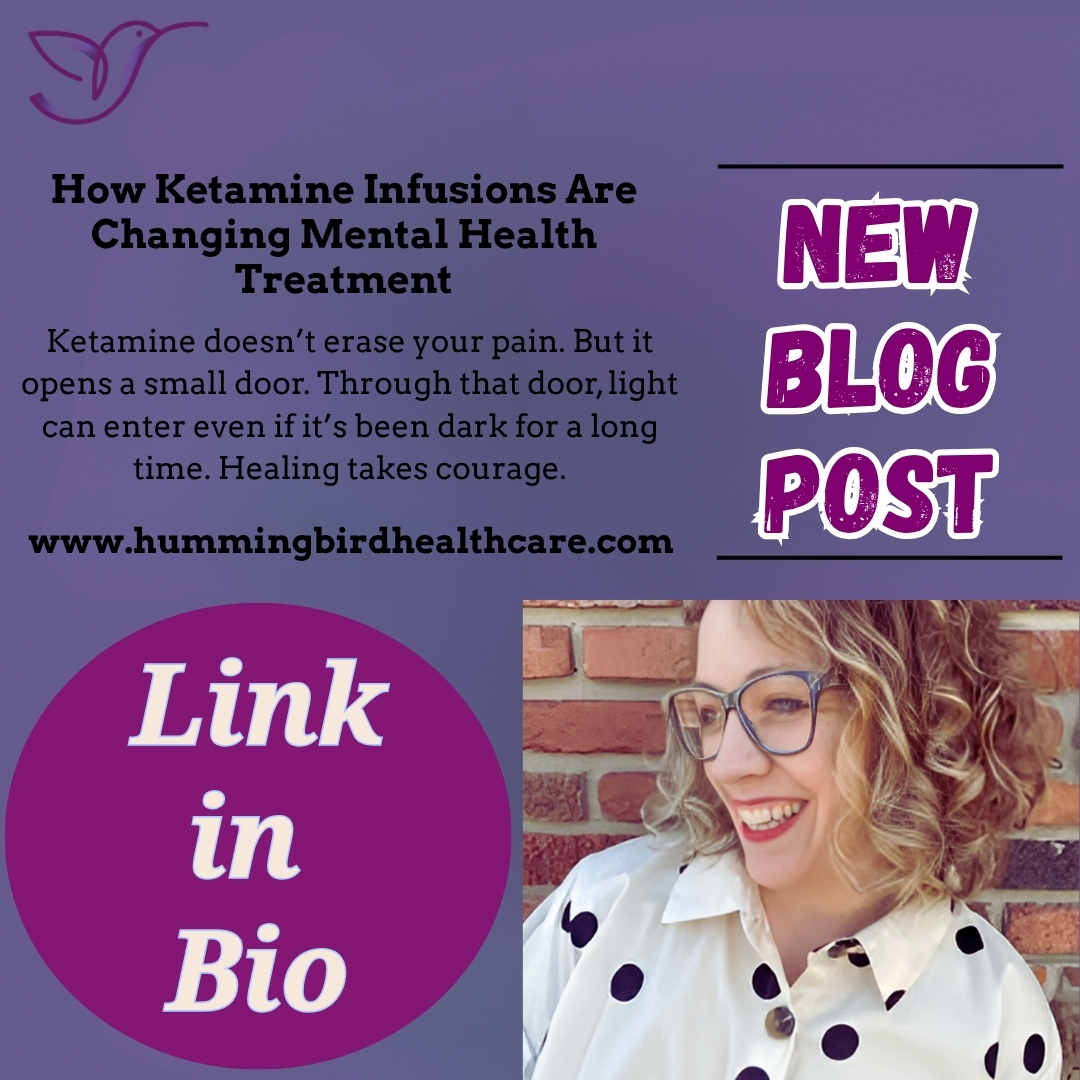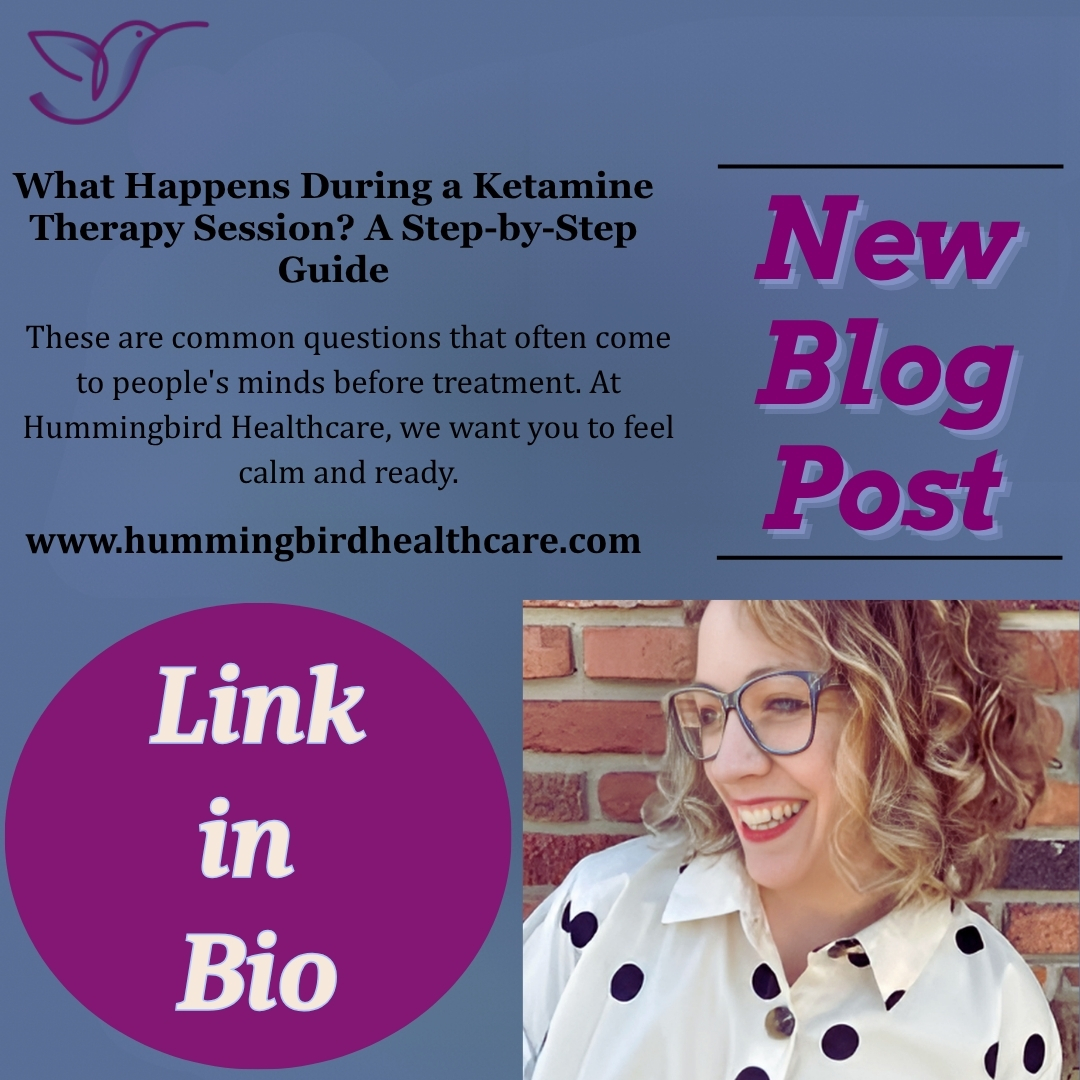How to Feel Strong, Clear, and Energized at Every Stage—with Help from Bio-Identical Hormone Therapy
We often associate aging with decline—joint pain, fatigue, poor sleep, and that creeping sense of “this is just how it is now.” I talk to clients every week who list these symptoms and then say something like, “Well, I’m (insert age), so I guess it’s just part of getting older.” It breaks my heart every time, because we’ve normalized decline as an inevitable part of aging. But I’m here to challenge that belief.
Yes, change is real. Aging brings shifts—some of them wonderful, like increased wisdom, emotional maturity, and a better sense of self. But physical decline, emotional burnout, and mental fog? Those aren’t mandatory. That’s why I always bring the conversation back to this: Health Span = Life Span.
There’s a difference between simply being alive and truly living. What I want for myself—and for every one of my clients—is to live long and feel good doing it. And that’s where bio-identical hormone therapy and a few essential lifestyle changes can make all the difference.
Health Span vs. Life Span
Before we dive into solutions, let’s get clear on what we’re talking about:
- Life span is the number of years your heart beats—your biological time on earth.
- Health span is the number of years you’re active, clear-minded, independent, and full of vitality.
These two don’t always match. I’ve seen women spend the last 10 or 15 years of their life unable to go outside, hold conversations, or remember the people they love. Sadly, it’s become common.
But I’ve also seen women like Martha Stewart, Betty White, or even someone’s own mother or grandmother stay active, curious, and vibrant into their 80s and 90s—living fully right up until the end. So, what’s the difference? Is it just genetics? Not necessarily.
What we’re really looking at is how to align health span and life span. My goal? To help every client live better, longer.
What You Can Do to Extend Your Health Span
So how do we do that? These are the core strategies I use to help clients maintain their energy, strength, and clarity for as long as possible:
1. Reimagine Your Diet to Reduce Inflammation
Yes, I know it’s not groundbreaking advice. But it’s still the first step, because nutrition is foundational to health. And if you’re anything like the clients I work with, you’ve probably tried a few diets already.
Maybe your friend swears by keto. Maybe you tried intermittent fasting and felt awful. That doesn’t mean you’ve failed. It just means that wasn’t your match.
What I recommend is a whole-food, anti-inflammatory diet:
- Reduce processed foods, refined sugars, and simple carbs
- Increase vegetables, fruits, whole grains, legumes, and lean proteins
- Add in good fats like olive oil, nuts, and avocado
- Eat fish regularly if possible
This approach decreases systemic inflammation, which is linked to nearly every chronic illness—heart disease, stroke, hypertension, even cognitive decline. When you reduce inflammation, you feel clearer, more energetic, and more stable emotionally. That’s a huge win for your health span.
2. Prioritize Movement for Muscle and Metabolic Health
After age 30, we begin to lose muscle mass—unless we actively work to maintain it. That’s why movement is key not just for looking toned, but for staying upright, mobile, and strong long into the future.
Find something you enjoy. It doesn’t need to be intense:
- Walking, hiking, or dancing
- Yoga, swimming, or strength training
- Even short home workouts or gardening
Whatever keeps you moving and consistent is perfect. Movement supports balance, stability, cardiovascular health, and metabolism. It also improves sleep and mood. In terms of extending your health span, exercise is non-negotiable.
3. Why Bio-Identical Hormone Therapy Is a Vital Tool for Longevity
Let’s talk about bio-identical hormone therapy (BHRT)—not just as a solution for hot flashes or poor sleep, but as a tool for long-term wellness.
Hormones like estrogen, progesterone, and testosterone don’t just affect mood or reproduction—they play a massive role in your metabolism, bone density, inflammation levels, and even your brain function.
Here’s what I want you to know:
- Estrogen and progesterone help maintain bone strength and reduce inflammation.
- Testosterone supports lean muscle mass and metabolic function.
- Balanced hormones also mean better sleep, mood regulation, mental clarity, and energy.
For a long time, we were told that hormone replacement was risky. But today’s science tells a different story: bio-identical hormone therapy, when customized and carefully managed, is both safe and incredibly beneficial for extending your health span.
And no—it’s not one-size-fits-all. If you’re curious whether BHRT is right for you, I’d love to explore that with you personally.
4. Start a Meditation Practice (Even If You Think You Can’t)
We’re more stressed than ever. And we tend to glorify busy, which means slowing down feels indulgent. But stress doesn’t just affect your mind—it affects your body in deep, measurable ways.
A simple meditation practice can:
- Lower cortisol
- Improve sleep
- Sharpen focus
- Boost energy
- Support emotional regulation
If you’re new to meditation, I suggest checking out Insight Timer. It’s beginner-friendly, with both free and paid versions. You don’t need hours a day—just 5 to 10 minutes can start to shift your nervous system and build resilience.
You’re Not a Victim of Aging—You’re In Charge of How You Age
Let’s be real: some aspects of aging are non-negotiable. Accidents happen. Genetics play a role. We don’t get to control everything.
But there’s also so much we can influence. That’s where your focus should go.
By leaning into the modifiable factors—nutrition, movement, mindset, and bio-identical hormone therapy—you create a lifestyle that supports a longer, stronger, and more energized life.
And if you’ve spent years thinking decline is just “how it is,” let me gently challenge that. You’re not broken. You’re not too old. And it’s never too late to shift your path forward.
Let’s Align Your Life Span with Your Health Span—Together
No matter your age, it’s possible to feel better than you do today.
If you’re ready to invest in your health span—and want to explore whether bio-identical hormone therapy might be part of your personal solution—I’d love to help guide that process.
Reach out to me at Hummingbird Healthcare. Together, we can work toward a life that feels as good as it is long.


.png)


